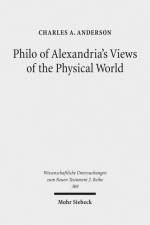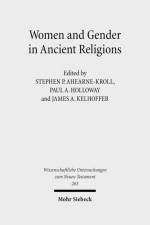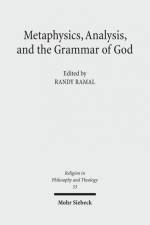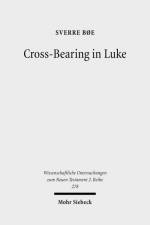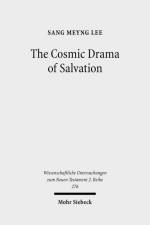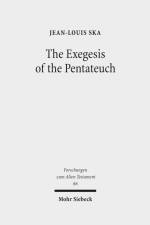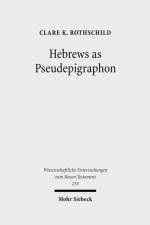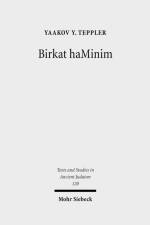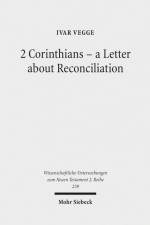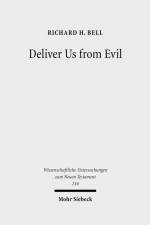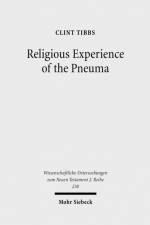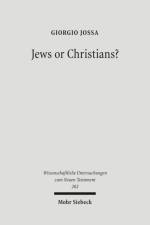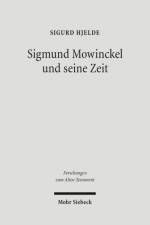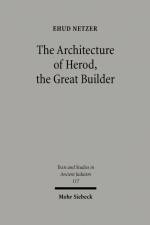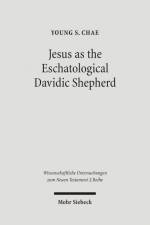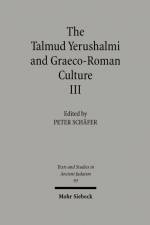av James A. Kelhoffer, Stephen P. Ahearne-Kroll & Paul A. Holloway
2 069
Following a scholarly conference given in honor of Adela Yarbro Collins, this collection of essays offers focused studies on the wide range of ways that women and gender contribute to the religious landscape of the ancient world. Experts in Greek and Roman religions, Early Christianity, Ancient Judaism, and Ancient Christianity engage in literary, social, historical, and cultural analysis of various ancient texts, inscriptions, social phenomena, and cultic activity. These studies continue the welcomed trend in scholarship that expands the social location of women in ancient Mediterranean religion to include the public sphere and consciousness. The result is an important and lively book that deepens the understanding of ancient religion as a whole. With contributions by:Patricia D. Ahearne-Kroll, Loveday Alexander, Mary Rose D'Angelo, Stephen J. Davis, Robert Doran, Radcliffe G. Edmonds III, Carin M. C. Green, Fritz Graf, Jan Willem van Henten, Paul A. Holloway, Annette B. Huizenga, Jeremy F. Hultin, Sarah Iles Johnston, James A. Kelhoffer, Judith L. Kovacs, Outi Lehtipuu, Matt Jackson-McCabe, Candida R. Moss, Christopher N. Mount, Susan E. Myers, Clare K. Rothschild, Turid Karlsen Seim

